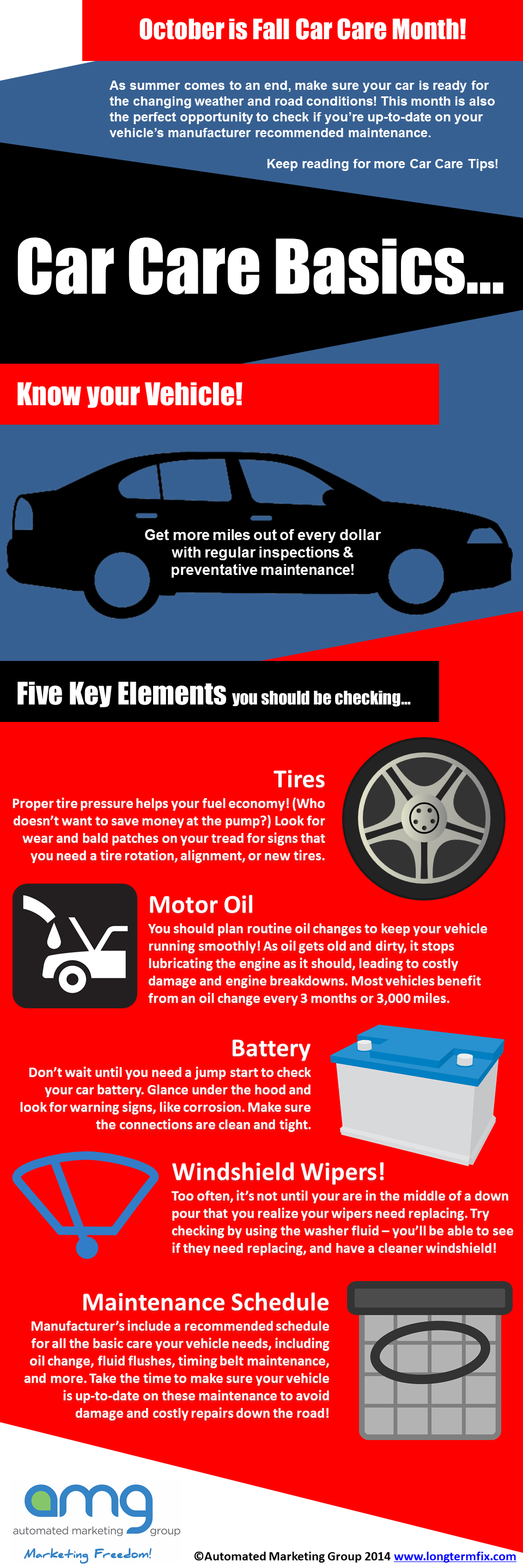Yet What's The Solution For Squishy Brake Pedals? Discover The Option Listed Below!
Yet What's The Solution For Squishy Brake Pedals? Discover The Option Listed Below!
Blog Article
Write-Up Produced By-Maddox Ross
When it comes to your automobile's brake system, comprehending typical concerns can save you from possible safety and security hazards. From identifying brake pad wear to addressing brake fluid leaks, understanding just how to take on these troubles is vital. However what about those mushy brake pedals? There's a repair for that also. Stay tuned to find out more regarding these concerns and the practical remedies that can maintain you securely when traveling.
Brake Pad Use and Replacement
When it involves preserving your automobile's brake system, one important aspect to keep an eye on is the wear and replacement of brake pads. Brake pads are necessary elements that push against the brake blades to reduce or quit your car. Gradually, these pads wear down because of friction, needing normal inspection and substitute to guarantee your brakes function successfully.
To determine if your brake pads need substitute, pay attention for shrilling or grinding noises when you use the brakes. Additionally, if your car takes longer to stop or you notice vibrations or pulsations when braking, it may be time to replace the brake pads.
Ignoring worn brake pads can bring about reduced stopping performance, damage to various other brake elements, or even brake failure.
Replacing brake pads is a relatively straightforward process for many automobiles. Nonetheless, if you're unclear or awkward performing this job, it's finest to speak with an expert mechanic to guarantee proper setup and ideal brake performance.
Regularly examining and changing brake pads is important for your safety and security and the long life of your automobile's stopping system.
Brake Liquid Leaks and Maintenance
To guarantee your vehicle's brake system works efficiently, it is essential to also pay attention to brake liquid leakages and maintenance. Brake liquid is important for transmitting the force from your foot on the brake pedal to the actual braking mechanism. One typical issue with brake liquid is leaks, which can take place as a result of worn-out brake lines, seals, or connections. If you notice a pool or drips under your vehicle, it's vital to attend to the leak immediately to avoid a prospective brake failure.
On a regular basis inspecting your brake fluid degree is essential to maintaining your brake system. Reduced https://airliftperformance16150.blogoscience.com/36375891/this-article-reveals-reliable-ways-to-reduce-the-ecological-footprint-and-advertise-sustainability-in-your-automobile-repair-shop-through-the-use-of-environmentally-friendly-techniques can result in air going into the brake lines, which endangers braking efficiency.
Furthermore, https://www.aarp.org/auto/car-maintenance-safety/info-2021/car-accident-inspection-tips.html or infected brake fluid can affect the general effectiveness of your brakes. It's advised to comply with the manufacturer's standards on when to alter the brake liquid, usually every 2 years.
Spongy Brake Pedal: Blood Loss Brakes
If you've ever experienced a spongy brake pedal while driving, you recognize the relevance of keeping a company and receptive stopping system. One typical reason for a squishy brake pedal is air trapped in the brake lines. When air enters the brake system, it can bring about a loss of hydraulic stress, leading to that unsettling spongy feeling when you push the brake pedal.
To solve this issue, hemorrhaging the brakes is necessary. Bleeding the brakes entails getting rid of the air from the brake lines to restore proper hydraulic stress.
To hemorrhage the brakes, you'll need an assistant to help you. Beginning by situating the brake bleeder valve on each wheel, typically discovered near the brake caliper. With a wrench, loosen up the valve and have your assistant press the brake pedal while you observe any air bubbles appearing. Repeat this process for every wheel, starting from the wheel farthest from the master cyndrical tube and moving better.
Once you no longer see air bubbles and just clear liquid emerges, tighten the valve and top up the brake fluid reservoir as required. Hemorrhaging the brakes helps guarantee a firm brake pedal and enhances total braking efficiency.
Verdict
Now that you recognize typical brake issues and just how to repair them, you can ensure your automobile's safety and efficiency. Bear in mind to pay attention for warning signs like screeching noises or squishy brake pedals, and resolve them immediately. Regular upkeep and timely substitutes are vital to maintaining your brakes in leading problem. Remain proactive and conscientious to your brake system to appreciate safe and dependable driving experiences.
